- Home >
- Blog >
- barolo-wines-tips >
- What to eat with a Barolo? Alfavin.ch tells you everything!
What to eat with a Barolo?
The diversity of red wines found in the
Barolo appellation allows for a multitude of food and wine pairings. The cuisine of Piedmont is as rich as its viticulture and as famous as the white truffle of Alba, so the combinations of flavors around Barolo wines are legion. The origin of this local gastronomy lies in the ancestral history of two worlds that live side by side: the nobility with a refined cuisine and the peasant world with a simpler but still tasty cuisine.
From appetizer to dessert, the richness of this cuisine is such that everyone will find something to their liking: cold cuts, roasted meats or meats in sauce, cheeses, fresh pasta and truffles. The important thing, as with any food and wine pairing, is to enjoy yourself and to choose dishes that will enhance the wines and vice versa.
Origin and information on Barolo
Located in
Piedmont, this appellation has DOCG status. Like the rest of Italy, this vineyard was developed under the impulse of the Romans but it is particularly at the end of the 1990s that it has developed considerably since its surface was almost doubled. Produced from a single grape variety, the nebbiolo, the wine of Barolo and its vineyard are reminiscent of winegrowing Burgundy with an appellation that has developed this notion of terroir with distinctly named plots. Located southeast of the city of Turin, the vineyards of Barolo, with the village of the same name as its epicenter, are made up of hills. With a great diversity of terroirs of varying quality depending on the location, Barolo could even classify its wines and production areas as first growth and grand growth. To the west of Alba, around the municipality of La Morra, there are softer wines. When you are in the village of Barolo and head east, you will pass through the villages of Castiglione Falleto and Serralunga d'Alba, which produce more powerful and fleshy wines.
When to drink a Barolo?
If the question is simple, the answer is more complex and requires knowing which bottle we have in front of us. An essential notion that applies to Barolo as to any other wine in the world, is the vintage effect. Indeed, depending on the climatic conditions of a given vintage, the wine will have a longer or shorter ageing potential. Let's add to that, the quality of the terroirs, the age of the vines, the work of the winemaker himself which will give more complexity to the answer. As explained above, the debate on the notion of "premier cru" and "grand cru" simply refers to wines that clearly have a superior aging potential than their counterparts because of their terroir. As for the age of the vines, it plays a role but its impact is less. The work in the cellar will be a determining factor, the care taken in the vinification, the size of the barrels chosen, the duration of the maturation. These are all elements that must be taken into account when considering when to drink a Barolo wine. To simplify, Barolos with a bright fruit, a good frame of freshness and greedy when tasting when the vintage is recent is to be drunk in the first years. When you taste a Barolo wine that is more closed on the nose, with a more austere mouthfeel, where the wine does not express itself or expresses itself very little, it will be good to wait a few years for this wine to age and mature. As a general rule, a good Barolo should be served between 8 and 10 years.
What to serve Barolo with?
With red wines of character, choose a cuisine that can match this type of wine. From refined cuisine to more traditional dishes, you will find what you are looking for on the plate, and you will amaze your guests' taste buds. A first pairing is the beef stew with Barolo. Meat cooked slowly, over low heat for several hours with Barolo. On the dish side, a melting and tasty meat; on the wine side: a Barolo Perno, from
Cascina del Monastero will be the ideal companion. A full-bodied wine with smooth and elegant tannins. A more rustic Barolo, such as the Barolo Pio Cesare, will be better suited to a more wintry dish such as pheasant with mushrooms and onions. The texture and taste of this game meat allows the wine to express itself better. Another match, another desire: fresh pasta, white truffles from Alba. Choose a Barolo that has had time to mature for several years, a wine that is both aromatic and delicate with an elegant structure that will be able to support the dish without overpowering it.
Which cheese to pair with a Barolo?
When we talk about Italian cheeses, we often mention gorgonzola, parmiggiano. But, just like its vineyards, Piedmont offers quality cheeses. Castelmagno, a pressed cooked cow's milk cheese found in the Cuneo region, is an interesting cheese to pair with a Barolo wine. Taleggio, produced in the province of Novara, a region bordering Lombardy, is made from cow's milk. A creamy cheese that pairs perfectly with Barolo wines to be drunk young. To Barolos, more concentrated and powerful such as the Serralunga vintage of the
Fontanafredda estate, opt for blue-veined cheeses such as Gorgonzola. The power of this blue cheese will match the concentration of this wine.
In summary, the culinary richness combined with the diversity of wines that can be found in an appellation such as Barolo, allows for a multitude of food and wine pairings and those explained above are only drawn from our own taste experiences. Pleasure and sharing are the key words. Have a good tasting...
Discover our articles on Barolo:Everything you need to know about aging Barolos, Alfavin.ch explains it all!How is Barolo produced? Alfavin.ch tells you everything!
How much does a Barolo Cost?
Our wines linked to this post
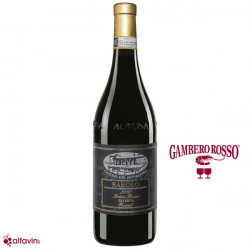
59.00 CHF
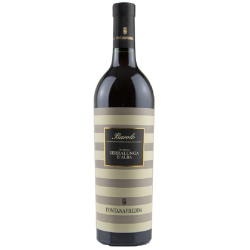
45.00 CHF
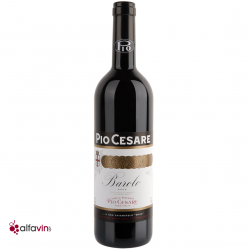
65.00 CHF
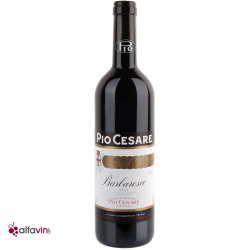
65.00 CHF
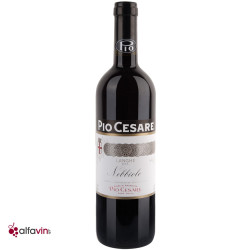
29.00 CHF
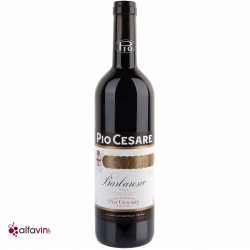
59.50 CHF












